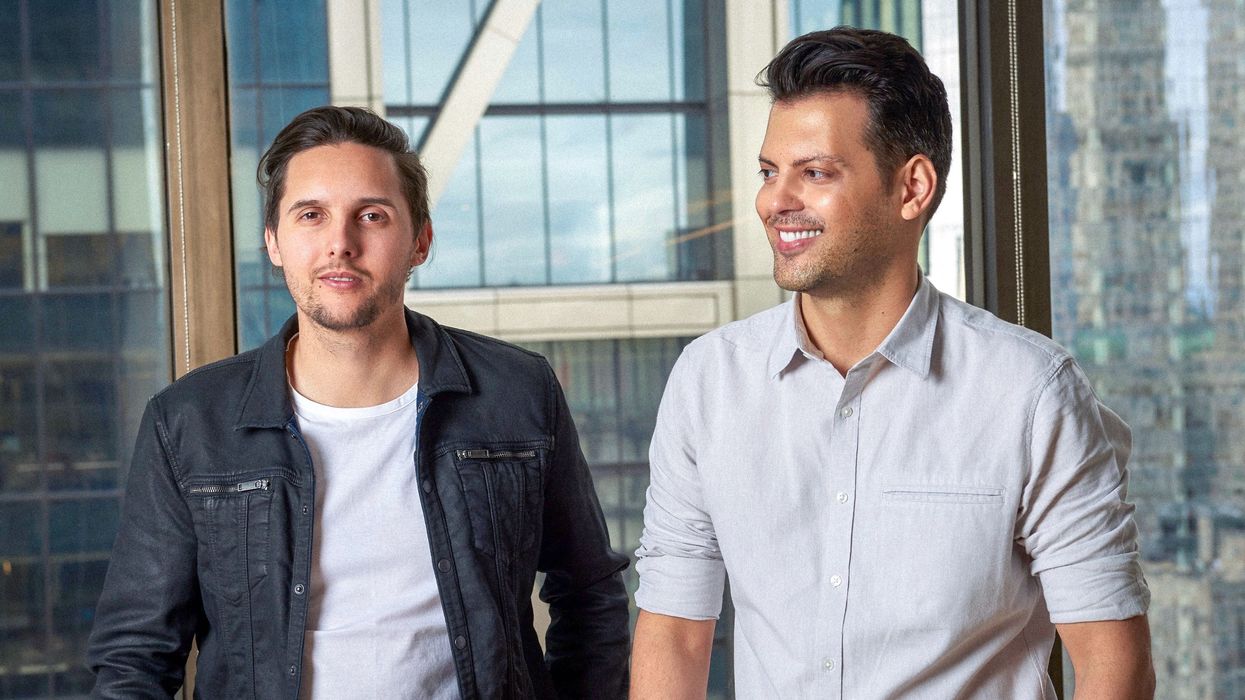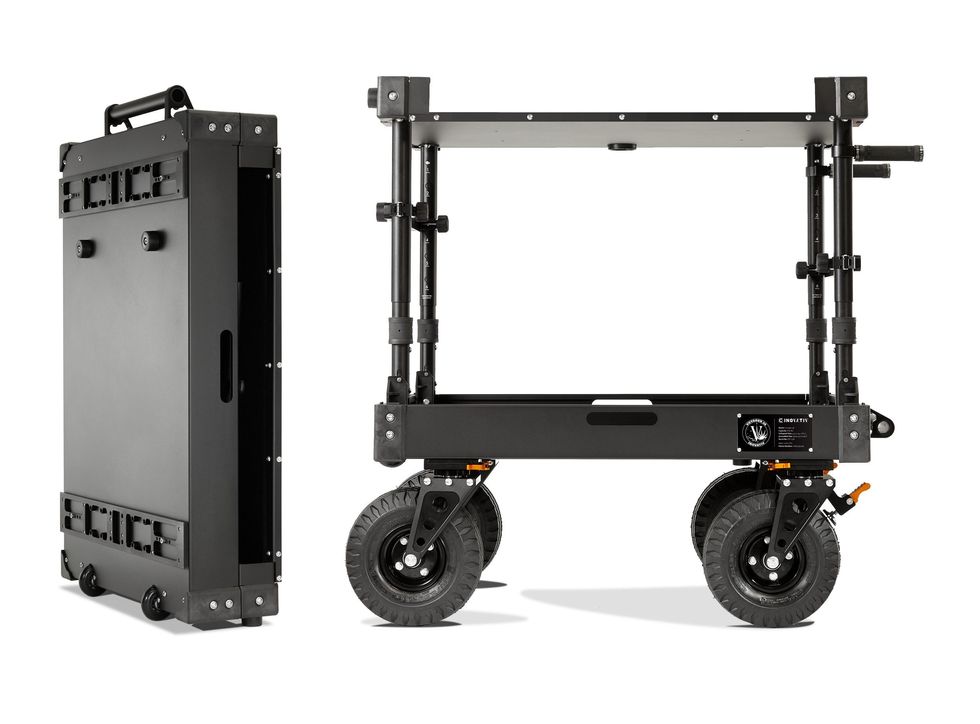Frame.io Gets a Series C (and What That Means for the Film Industry)
Work In Progress Review tool Frame.io continues a banner year with the announcement of another round of investment, led by Insight Partners.

Frame.io has raised $50 million with a Series C. The round was led by Insight Partners, but it included all the previous major investors, including Accel, FirstMark, SignalFire, and Shasta Ventures. This means everyone who already invested in Frame.io continues to believe in where Frame.io is going.
While that is obviously great news, especially for Frame.io users excited about all the new tools that will be built with that funding, what, precisely, does that mean?
Funding Rounds: What Does "Series" Mean?
While startups, like films, are financed in a wide variety of different ways, there is something of a pattern to startup funding with what is referred to as "Series A," "Series B", and "Series C." Before series A, you'll hear about things like "angel" or "seed" money which is when a company is initially trying to attract users and figure out their model.
Series A is the time when a company has a working product or service and is going after more serious investors who want to see a coherent business plan and the potential for long term growth.
Series B is often thought of as the "build" phase where a company that has a working business model builds on it to grow market share.
Series C is different. This is usually thought of as the funding round of a "successful" company that is ready to scale, to become dominant in their own market and go after other markets, strategically acquire other companies.
Getting to Series C is a Big Deal
Frame.io getting to Series C, after five years in business, is a big deal not just for them but also for what it says about our industry.
Generally, we try to wrap articles up with "and this is how it's going to be relevant to you as a filmmaker," and in the short term, it isn't. Frame.io might roll out new features slightly more quickly with more money to spend on development, but they roll out cool new features pretty fast already, so that is probably not going to change.
The bigger story here for filmmakers is what this says about the "creator" industry in general. The film industry used to be pretty small. It had glamor, but a relatively small number of people were "making things" such that they would have even needed this kind of tool.
It says a lot that there are not only so many people making things that need this tool but also need it enough that they are willing to pay for it.
It doesn't feel like that long ago when kids who wanted to go into movies were told to do something else if they didn't want to starve, but this news is yet more evidence that this is a robust and growing industry with plenty of room for a lot of people making a lot of things.
Frame.io has had a good year with their deep integration into FCP-X and Resolve and set to post workflow innovation, and that's a likely indicator that we're going to start seeing even more of that and more things they haven't even hinted at yet as they start pursuing real scale.
Funnily enough, Frame.io CEO Emery Wells was one of the subjects of my book, Business & Entrepreneurship for Filmmakers (use code ADS19 for 30% through the holidays), give that a read for an even more expanded conversation about the origins and growth of the business.






















